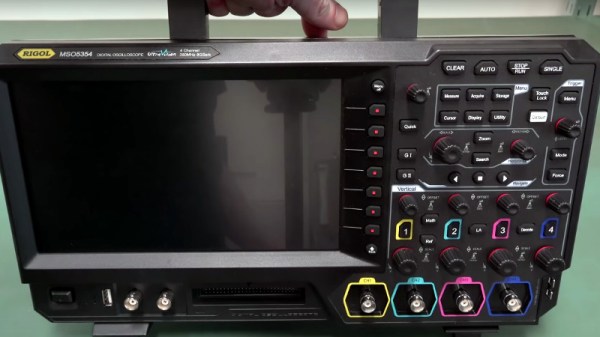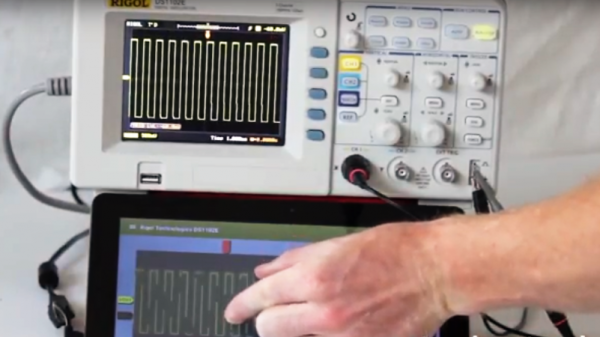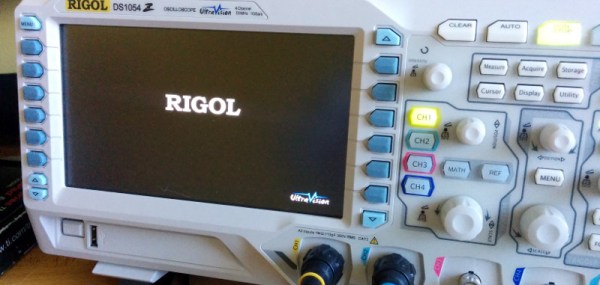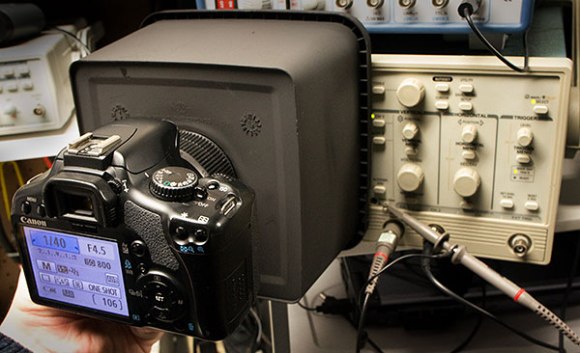[mosaicmerc] over on hackaday.io has upgraded his Rigol DS2072A oscilloscope to a DS2302A, turning an $800 oscilloscope into one that sells for $2500, with all the bandwidth, storage depth, and options of the more expensive model.
Rigol o-scopes have a long and storied history of unlocking, hacking, and upgrading. The original hack that put Rigol on the map was the DS1052E upgrade that turned a 50MHz scope into a 100MHz scope. The latest low-end Rigol scope, the 1054Z can be unlocked in software to become an 1104Z with 100MHz of bandwidth, SPI, I2C, and RS232 decoders, twice the storage depth, and more triggers. It appears Rigol’s engineers are designing their products to capitalize on the hacker’s proclivity to buy their tools to get the ‘free’ upgrade. This, of course, sounds just slightly insane, but no one seems to mind.
The process of upgrading the Rigol DS2072A scope is documented over on the EEVBlog, and requires only a USB cable and a computer with the Labview Runtime Engine installed. It’s literally as simple as pressing a few buttons; a far cry from the previous keygen method that was also engineered over on the EEVBlog.


















